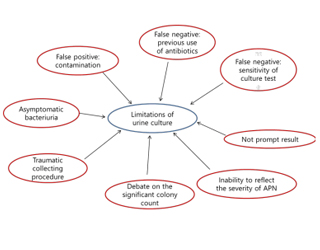
|
Background: Sixty percent of infants with severe neonatal hypoxic-ischemic encephalopathy die, while most survivors have permanent disabilities. Treatment for neonatal hypoxic-ischemic encephalopathy is limited to therapeutic hypothermia, but it does not offer complete protection. Here, we investigated whether hypoxia-inducible factor (HIF) promotes cell survival and suggested neuroprotective strategies.
Purpose: HIF-1α-deficient mice have increased brain injury after neonatal hypoxia-ischemia (HI), and the... |


















